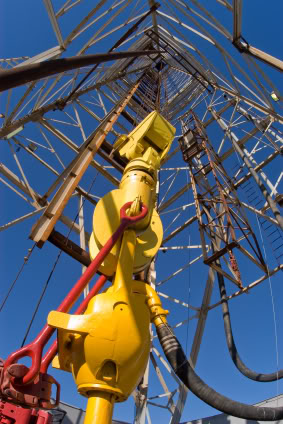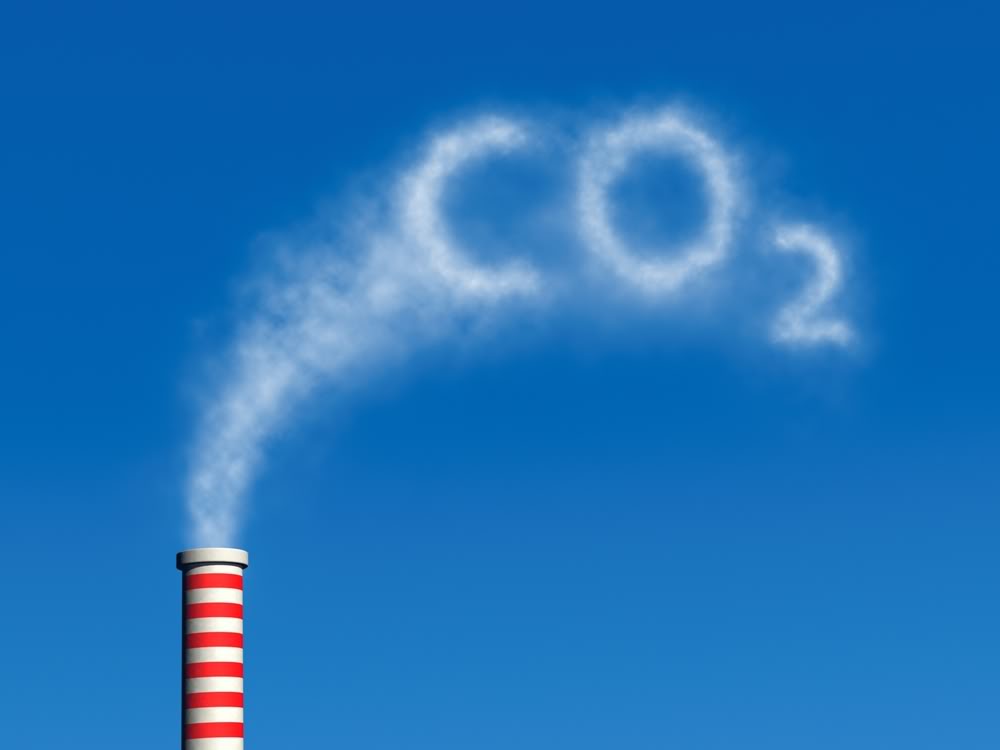Introducing ALL4’s “Is That Your Final Answer?”
“Is That Your Final Answer” is designed to test your knowledge across the environmental field, quiz you on the building blocks of air quality rules, stump you on ALL4 general trivia, and challenge you with brain teasers that have perplexed us. The first correct answer emailed to us will qualify the respondent for free ALL4 gear and will enter the winner in our end-of-year “Final Answer Championship.” Each subsequent month’s 4 The Record will identify the winner and the correct answer from the previous month’s question. You must be an active subscriber of 4 The Record to win a monthly prize and be eligible for the championship prize. ALL4 employees and family members are not eligible to compete. We hope you enjoy “Is That Your Final Answer.” Good luck!
Question: 
A recent conversation with an air quality consultant with multiple years of experience (herein referred to as Mr. X) serves as the basis for our January 2011 question. In the course of the conversation involving non-attainment New Source Review (NSR), Mr. X stated that a major source’s planned project would trigger non-attainment NSR since there was a significant and net significant emission increase of the non-attainment pollutant. Hold your horses, we said, non-attainment NSR doesn’t apply. What is the likely fact that Mr. X is overlooking?
Answer:
Please e-mail your answer to final.answer@all4inc.com. Include in the e-mail your name, answer, and address (to receive your prize).
Update on U.S. EPA Transport Rule
The U.S. Environmental Protection Agency (U.S. EPA) was required by a Federal court determination to “fix” what the court identified as deficiencies in the Clear Air Interstate Rule (CAIR). On August 2, 2010 this process began with the publication of a Notice of Proposed Rulemaking for the Federal Implementation Plans (FIPs) to Reduce Interstate Transport of Fine Particulate Matter and Ozone. Once promulgated, the “Transport Rule” will replace the existing CAIR rule. With the Transport Rule, U.S. EPA is proposing to limit the interstate transport of emissions of nitrogen oxides (NOX) and sulfur dioxide (SO2). Under this proposal U.S. EPA would both identify and limit emissions within 32 states in the Eastern United States that affect the ability of downwind states to attain and maintain compliance with the 1997 and 2006 fine particulate matter (PM2.5) National Ambient Air Quality Standards (NAAQS) and the 1997 ozone NAAQS. U.S. EPA is proposing to limit these emissions through FIPs that would regulate electric generating units (EGUs) in the 32 states. Emissions reductions would begin to take effect very quickly, in 2012, within one (1) year after the rule is finalized.

Pennsylvania to Issue Oil and Gas Emissions Aggregation Guidance
The Pennsylvania Department of Environmental Protection (PADEP) intends to develop technical guidance for performing single stationary source determinations for operations in the oil and gas industry. Currently, there are significant gas exploration and extraction activities occurring in Pennsylvania, mostly related to the development of the Marcellus Shale formation. 
U.S. EPA Proposes Revisions to 40 CFR Part 63, Subpart JJ – National Emissions Standards for Wood Furnaces
The U.S. Environmental Protection Agency (U.S. EPA) has published the findings of the residual risk review for 40 CFR Part 63, Subpart JJ – National Emission Standards for Wood Furniture Manufacturing Operations. While the risk levels of the existing standards have apparently been deemed acceptable, there is concern regarding their margin of safety. As a result, U.S. EPA is proposing to limit emissions of formaldehyde from affected facilities to 400 pounds per rolling 12-month period to address this concern. The proposal, if adopted, would include a 2-year compliance requirement for affected facilities in accordance with section 112(f)(4) of the Clean Air Act (CAA). U.S. EPA believes that sources will switch to available low formaldehyde coatings to comply with the revised standard. The proposed rule revision disallows the use of conventional spray guns since apparently much of the industry has moved away from them.

Boiler MACT Schedule Extension?
The U.S. Environmental Protection Agency (U.S. EPA) filed a motion on December 7, 2010 in the Federal District Court for the District of Columbia seeking an extension to the current court-ordered schedule for issuing new Maximum Achievable Control Technology (MACT) regulations affecting boilers and industrial heaters (Boiler MACT). U.S. EPA is under a current court order to issue final Boiler MACT rules on January 16, 2011 and is seeking in its motion to the court to extend the schedule to finalize the rules by April 2012. U.S. EPA’s request for additional time comes after receiving more than 4,800 public comments on the proposed Boiler MACT rules. 
The Boiler MACT rules are estimated to affect more than 200,000 boilers operating in industrial facilities, commercial buildings, hotels, and universities located across the country. With so many facilities being affected by this rule, it is possible that the court may have granted this extension so that it could have additional time to consider the U.S. EPA’s extension request. Only time will tell.
U.S. EPA Defers Certain Reporting Inputs for GHG Reporting Rule
On December 27, 2010, the U.S. Environmental Protection Agency (U.S. EPA) issued three (3) actions pertaining to confidential business information (CBI) submitted with annual greenhouse gas (GHG) emission reports under 40 CFR Part 98 (Mandatory Reporting of Greenhouse Gases).
- Interim Final Regulation Deferring the Reporting Date for Certain Data Elements Required Under the Mandatory Reporting of Greenhouse Gases Rule; Interim Final Rule
- Change to the Reporting Date for Certain Data Elements Required Under the Mandatory Reporting of Greenhouse Gases Rule; Proposed Rule
- Call for Information: Information on Inputs to Emission Equations Under the Mandatory Reporting of Greenhouse Gases Rule; Proposed Rule
In the direct interim final rule issued by U.S. EPA, the deadline for reporting of data elements that are inputs to equations for GHG reporting (e.g., fuel usage amounts, certain data on production, throughput, raw material consumption, etc.) for 2010 reports has been deferred from March 31, 2011 to August 31, 2011. This short-term deferral will give U.S. EPA the time needed to promulgate the longer-term deferral through notice and comment. This deferral does not affect the reporting deadline for other data elements under the rule.

In U.S. EPA’s second proposed rule (Call for Information: Information on Inputs to Emission Equations Under the Mandatory Reporting of Greenhouse Gases Rule), U.S. EPA is requesting information and comment from the public to assist in evaluating issues related to reporting and public availability of inputs to emission equations. U.S. EPA is strongly urging any parties concerned about the public availability of inputs to equations for GHG reporting to make detailed submittals of the information requested so that there will be robust data on which to base any possible revisions to protect the CBI nature of the GHG data reported.


